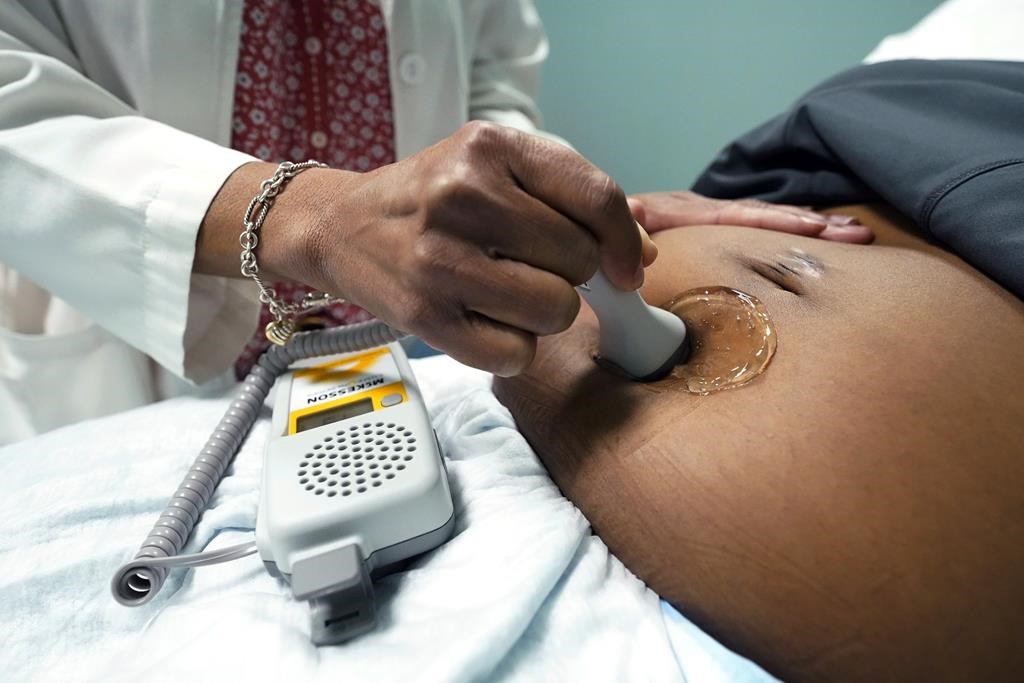A new system developed by a University of Saskatchewan researcher aims to help couples determine the probability of pregnancy from human embryo transplants.

Roger Pierson, professor of obstetrics and gynecology at USask, said the expense of an assisted reproduction procedure is high and it’s good for couples to know their chances.
“The biggest piece of the puzzle appears to be the embryo. We know now that embryo quality appears to be responsible for about 60 per cent of the probability to establishing a pregnancy,” Pierson said.
He said endometrial receptivity was responsible for the remaining 40 per cent.

Get weekly health news
Pierson said the Gardner system that was developed in the 1980s allows embryos to be scored on a one-to-six scale, with two other components to the scoring that come in the form of the letters A, B and C.
He said the numeric embryo quality scoring index (NEQsi) system that was developed by his team allows them to convert that into a single digital score that can be put on a probability curve.
This new scoring system takes the potential 54 different combinations of Gardner scores and condenses them into a two-to-11 grade.
“About one in six couples in the world experiences infertility, subfertility to infertility,” Pierson said.
He said this is a piece of assisted reproduction technology that is available to doctors and couples.
Pierson said it was important to note that the NEQsi score changes for a woman with each cycle on every single transfer attempt.
“There’s no such thing as being able to say, ‘Well, we’ve got this, and she’s going to stay that way for the next series of months.’ That just doesn’t happen.”
Pierson said they plan on pairing this scoring system with a non-invasive, ultrasound-based endometrial receptivity system to further help patients understand their probability of pregnancy.








Comments